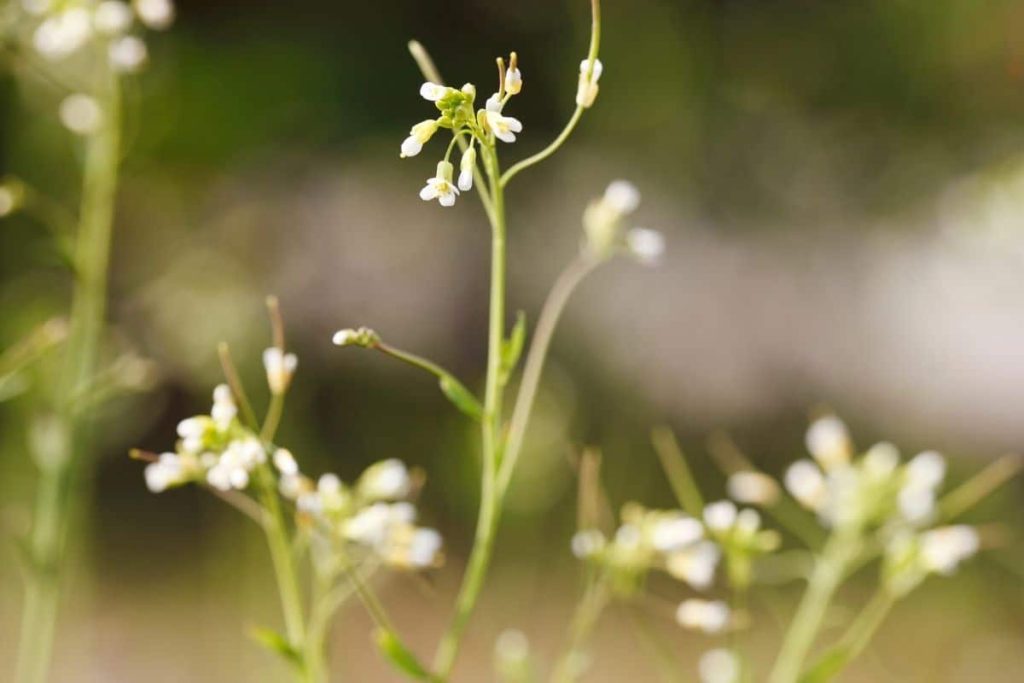This means that not only do scientists no longer have to use laboratory animals, but that even plants can serve as an additional model organism.
What if scientists could study human mental illness in plants? This may sound a bit far-fetched, but US researchers believe it should be possible. in New study They have taken an important first step. By studying how a similar gene, present in both plants and animals, affects the behavior of both.
Schizophrenic plant
The possibility of studying human mental illness in plants has fascinated researcher Tamas Horvath for some time. “Years ago, I began to get interested in the idea that every organism should have some kind of symmetry,” he says. “They should be somewhat similar in their nature and what they do.” Horvath hypothesizes that if one can modify mitochondrial genes in animals to see the changes, and then do the same with similar genes in plants, it may eventually be possible to use plants to better understand human behavior. “If I take this idea one step further, it might be possible to develop a schizophrenia plant, for example,” Horvath said.
More about mitochondria
Mitochondria are actually the power plants of our cells. They regulate important functions, such as metabolism and are essential for good health. In both plants and humans, dysfunctional mitochondria can affect development. This can lead to many diseases in humans, including Alzheimer’s disease, Parkinson’s disease, Huntington’s disease, and schizophrenia.
While this is still in the future, the study of human mental illness in plants may be intriguing. “This means that we can use not only mammals, but other alternative species to study human behaviour,” Horvath says. “It is possible that in the future, plants may serve as an additional model organism for behavioral research.”
genes
In a new study, Horvath has taken an important first step. For example, he and his colleagues analyzed the mitochondrial gene (FMT for short) in cress. (Arabidopsis thaliana)† Small flower. In addition, they examined a similar gene (abbreviated CLUH) found in mice. Then they looked for differences and similarities.
FMT
The researchers compared plants without FMT with plants with overactive FMT to better understand the role of the gene. It turns out that FMT affects many important features of the cress plant. For example, it plays a role in germination, root length, flowering time and leaf growth.
Salt and light reaction
In addition, FMT also appears to affect the so-called ‘saline stress response’. Too much salt is harmful to plants. And when plants are exposed to a lot of salt stress, they immediately stop growing. The researchers found that FMT is critical for this behavior. In addition, FMT also appears to play an important role in the so-called hypotonic response – the way plant leaves move during the day and night. During the day, for example, the leaves become flat when they are most exposed to the sun. At night, when there is no sunlight, the leaves tend upwards. FMT regulates the amount and speed of paper movement.
mice
To relate these findings to mammals, the researchers also studied how the homologous gene CLUH (which, as we mentioned, is a lot about FMT) affects the behavior of mice. Several tests showed that mice with lower CLUH were slower and traveled shorter distances than their counterparts.
comparable
According to Horvath, these are exciting results. Because it means that FMT and CLUH affect the behavior of both species in a similar way. “The mice reacted like plants,” Horvath says. “This suggests that there are mitochondrial-related mechanisms that perform similar functions in both plants and animals.”
The results of the study suggest that Horvath’s theory mentioned at the beginning of this article may not be so far fetched. Because it turns out that plants and animals actually have similar genes that also have similar functions. Furthermore, it is not limited to FMT and CLUH. “Plants such as cress and mammals share similar genes and other cellular processes in addition to FMT and CLUH,” Horvath says. That’s sexy. Because it could mean that eventually the schizophrenia plant will become a reality.

“Total coffee specialist. Hardcore reader. Incurable music scholar. Web guru. Freelance troublemaker. Problem solver. Travel trailblazer.”







More Stories
Astronomers have discovered a new molecule in space. And it's very special
Will it soon be possible to freeze humans and then thaw them again?
Do you also find it difficult to eat more fruits and vegetables? A little scrolling through social media can help